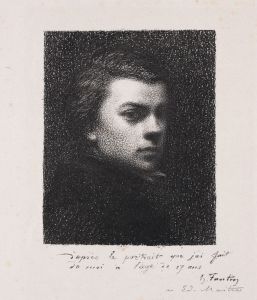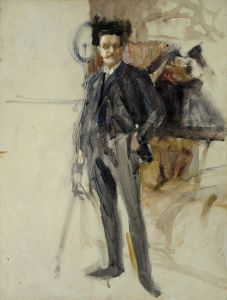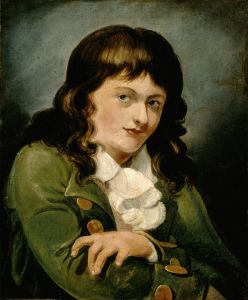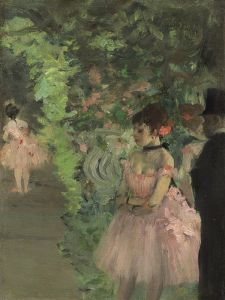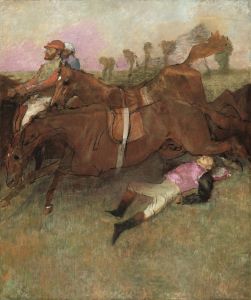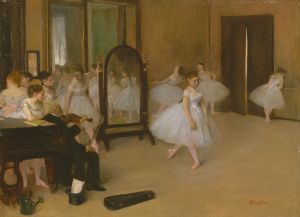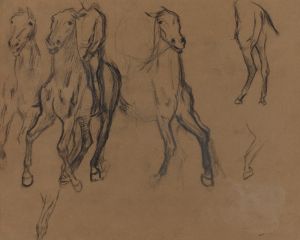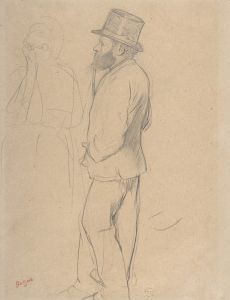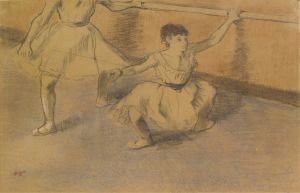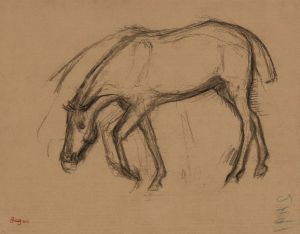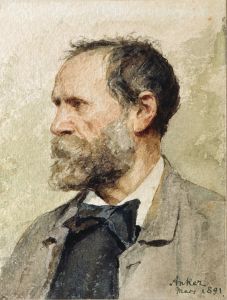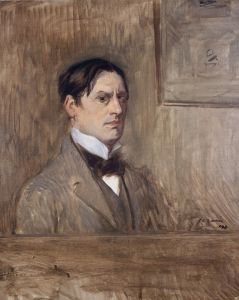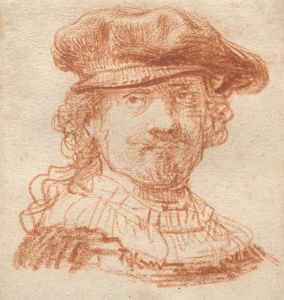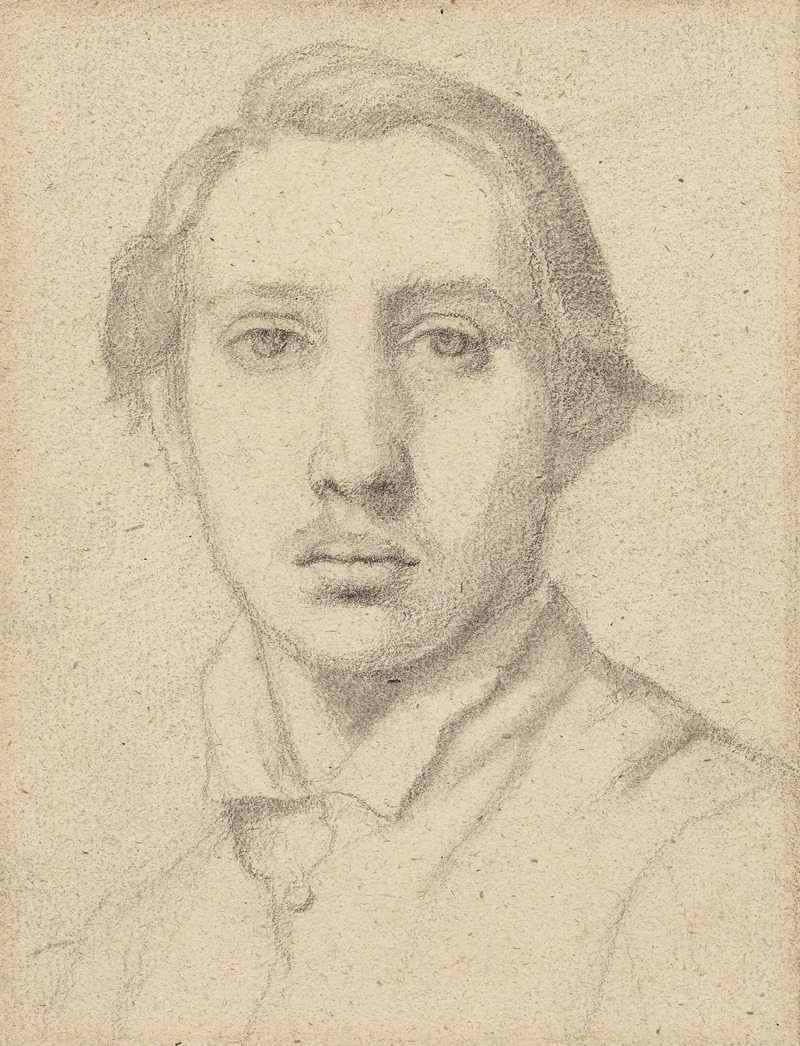
Autoportrait, vers sa vingt-et-unième année
A hand-painted replica of Edgar Degas’s masterpiece Autoportrait, vers sa vingt-et-unième année, meticulously crafted by professional artists to capture the true essence of the original. Each piece is created with museum-quality canvas and rare mineral pigments, carefully painted by experienced artists with delicate brushstrokes and rich, layered colors to perfectly recreate the texture of the original artwork. Unlike machine-printed reproductions, this hand-painted version brings the painting to life, infused with the artist’s emotions and skill in every stroke. Whether for personal collection or home decoration, it instantly elevates the artistic atmosphere of any space.
Edgar Degas, a prominent French artist associated with the Impressionist movement, is renowned for his works that capture the nuances of human form and movement. One of his early works, "Autoportrait, vers sa vingt-et-unième année" (Self-Portrait, Around His Twenty-First Year), provides a glimpse into the artist's formative years and his evolving style.
This self-portrait was created around 1855, a period when Degas was still honing his skills and developing his artistic identity. At this time, Degas was deeply influenced by the traditional academic training he received at the École des Beaux-Arts in Paris, where he studied under Louis Lamothe, a disciple of the renowned neoclassical painter Jean-Auguste-Dominique Ingres. This academic background is evident in the meticulous attention to detail and the classical approach to composition seen in the self-portrait.
In "Autoportrait, vers sa vingt-et-unième année," Degas presents himself with a serious and introspective demeanor, a common trait in self-portraits of the era, which often aimed to convey the artist's intellectual and creative depth. The painting showcases Degas's early mastery of portraiture, with a focus on realistic representation and subtle use of light and shadow to create depth and dimension. The work reflects the influence of the Old Masters, whom Degas admired and studied extensively during his early years, particularly during his visits to Italy, where he copied works by artists such as Raphael and Titian.
The self-portrait is executed with a restrained palette, emphasizing earth tones and muted colors, which was typical of Degas's early work before he embraced the brighter hues associated with Impressionism. This choice of color palette contributes to the somber and contemplative mood of the painting, highlighting Degas's introspective nature and his dedication to capturing the essence of his subjects.
"Autoportrait, vers sa vingt-et-unième année" is significant not only as a representation of Degas's early artistic development but also as a reflection of the broader artistic trends of mid-19th century France. During this period, many artists were grappling with the tension between traditional academic art and the emerging modernist movements that sought to break away from convention. Degas's self-portrait embodies this transitional phase, as it combines classical techniques with a hint of the innovative spirit that would later define his mature works.
As Degas's career progressed, he became known for his dynamic compositions and his ability to capture movement, particularly in his depictions of dancers and everyday life in Paris. However, this early self-portrait remains an important piece within his oeuvre, offering insight into the artist's early influences and his journey towards becoming one of the leading figures of the Impressionist movement.
Today, "Autoportrait, vers sa vingt-et-unième année" is appreciated not only for its artistic merit but also for its historical significance, providing a window into the early life and mindset of Edgar Degas. It serves as a testament to his enduring legacy and his contribution to the evolution of modern art.





